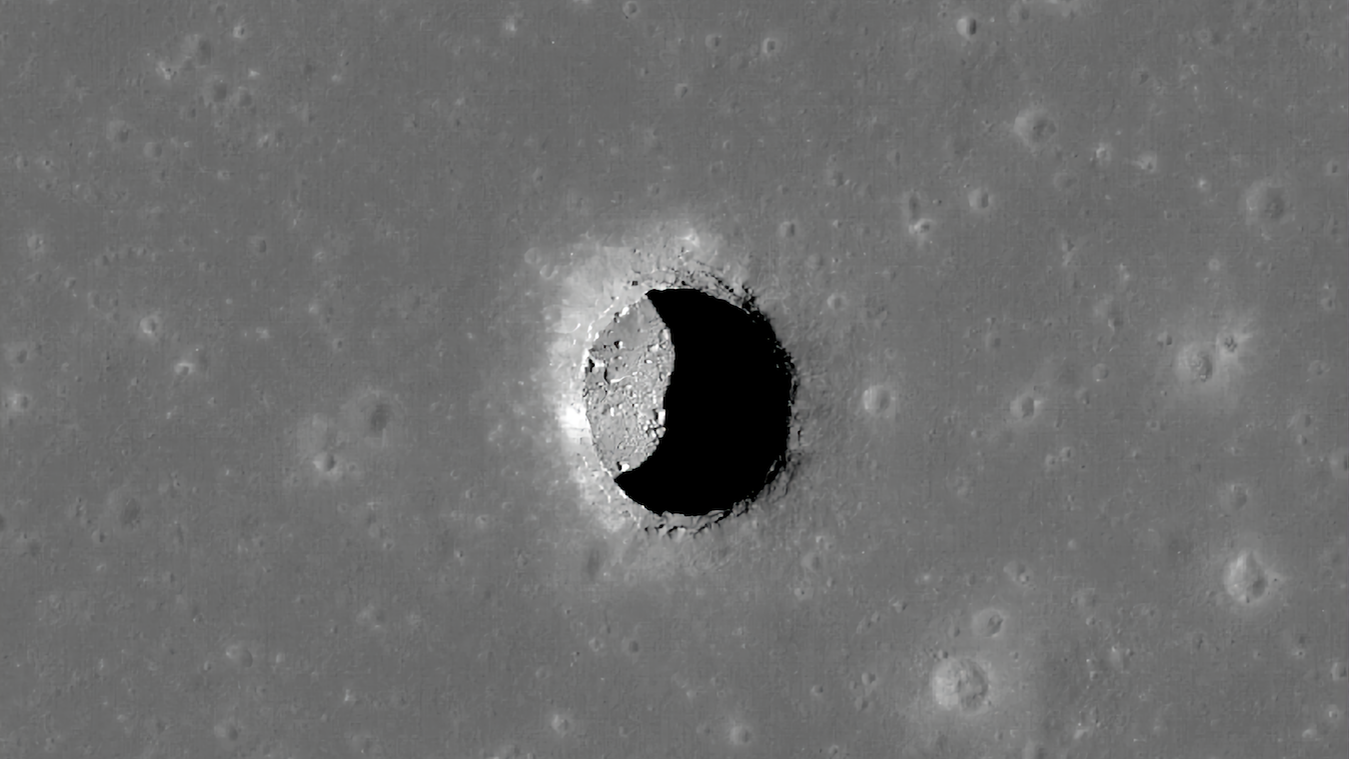At least since the first moon landing, people have been dreaming that we could build a settlement or at least a research base on the satellite and live there permanently. Until then, science and technology still has to do some development, but at least one potential problem may have taken care of itself. Within Mare Tranquillitatis, near the lunar equator, there are craters and craters, and possibly caves, that can maintain a constant temperature of about 17 degrees Celsius, Tyler Horvath of UCLA and his team write in Geophysical Research Letters.. This clearly distinguishes these regions from the surface of the Moon, which sometimes shows extreme temperature fluctuations between -170 and 130 ° C during the day.
Man and technology will have to bear this heavy burden; On the other hand, a research base can be built in a crater by somewhat simpler means. The craters at Mare Tranquillitatis were discovered in 2009, and researchers have since wondered if they might also lead to caves that could provide shelter from the moon’s harsh weather. According to Horvath, 16 of the about 200 craters known to date are likely to have been collapsed lava tubes: some of these craters provide outcrops hanging below collapse paths; It seems that one of the candidates also leads to a large cave.
For their study, Horvath and colleagues evaluated thermal images taken by NASA’s Lunar Reconnaissance Orbiter. Then they fed the data into a computer model to determine the heat capacity of the rock and the environment in general. The results indicate that temperatures in the permanently shaded region of the crater vary only slightly throughout the day and remain in the moderately moderate range. The researchers concluded that the cave it might be connected to must also provide good temperature conditions.
On the other hand, the temperature of the sunny area of the crater can rise to 150 ° C during the day. “Because Tranquillitatis crater is closest to the lunar equator, the illuminated Earth is likely to be the hottest place on the entire lunar surface at noon,” Horvath says. A lunar day lasts about 15 Earth days, resulting in warmer temperatures; On the contrary, a moonlit night (corresponding to 15 earthly nights) leads to a strong cooling. The technology used would have to be able to deal with this, and a potential “outdoor” research station would have to be cooled or heated at a significant cost in the corresponding time. Craters and caves also provide more protection from cosmic rays and small meteorites.

“Alcohol buff. Troublemaker. Introvert. Student. Social media lover. Web ninja. Bacon fan. Reader.”







More Stories
Science: The use of artificial intelligence is changing the way hospitals operate
Simple recipe: sweet cream cheese slices from the tray
This is how our brain chooses what information it will remember in the long term